Fertility apps are becoming increasingly popular.
In years gone by, women would rely on the calendar on the wall to work out when their next
menstrual cycle might occur. They would look to physical signs to tell them when they might be
ovulating, and therefore when they’d be most likely to fall pregnant.
More recently, we’ve seen the proliferation of mobile phone applications helping women track their
current cycle, predict their next cycle and work out when the best time is to try for a baby.
There are more than 400 fertility apps available, and over 100 million women worldwide are using
them.
The personalization and convenience of apps make them empowering and attractive. But they
require some caution in their use. While fertility apps use individualized information to estimate the most fertile period, they are not
entirely reliable. And even if an app indicates when a woman is most fertile, it doesn’t mean a
pregnancy will follow if a couple has sex during this window.
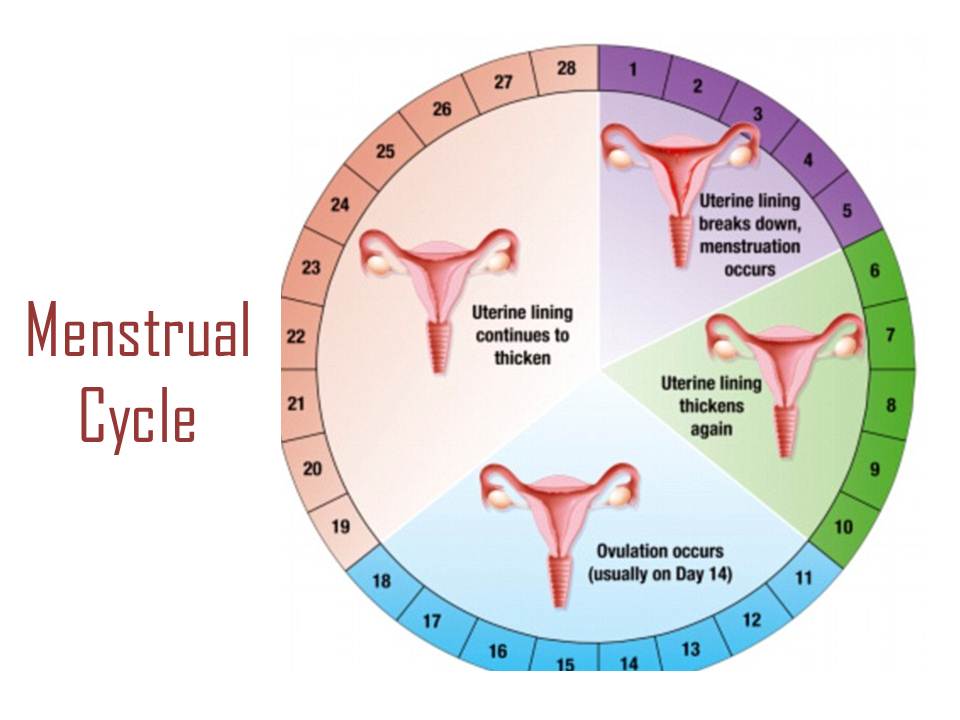
The Menstrual Cycle
A woman’s menstrual cycle consists of three phases: menstrual bleeding, the follicular phase (when
an egg-containing follicle is growing) and the luteal phase (the two weeks after ovulation before
the next period).
It’s traditionally been thought the follicular phase varies in length between women, whereas the
luteal phase is relatively constant between women – generally around 14 days. All phases together
are thought to amount to a cycle lasting 28 days. (though this can vary to between 21- 35 days).
The actual time of ovulation, which occurs at the end of the follicular phase, is marked by the rise in
a hormone called the luteinizing hormone. This can be measured by a blood test or urine using
ovulation predictor kits (OPK) or by physical changes during ovulation include altered vaginal
secretions (fertile cervical mucus) and a subtle drop and then a rise in basal body temperature induced
by the rise in progesterone.
A woman can become pregnant during the five days before ovulation or on the day of ovulation.
However, the most fertile days are the three days leading up to and including ovulation. By 12-24
hours after ovulation, a woman is no longer able to conceive during that menstrual cycle.
How The Apps Work
When a woman logs the beginning of her menstrual cycle, fertility apps attempt to predict, using
inbuilt algorithms, when ovulation might occur. The app then recommends the timing of intercourse
accordingly to optimize the user’s chance of becoming pregnant.
Calendar-based apps rely entirely on menstrual cycle length and assumption ovulation occurs 14
days before the next period.
Many of the more sophisticated apps collect data on basal body temperature, while some also call
for a woman to examine her cervical mucus secretions or include results from at-home ovulation
test kits.
There may be ancillary options to track mood and feelings, diet and exercise, and sexual
intercourse.
Are they effective?
Australian researchers recently looked at 36 fertility apps most commonly downloaded by
Australian women. The research, yet to be published, indicated less than half (42.7%) of the apps
predicted the correct ovulation date.
A published study looking at 12 fertility apps found the calendar-based apps did not correctly
determine the ovulation date when the average length of previous cycles was different to the
estimated current cycle length. The prediction of fertile days based solely on last cycle lengths
is a clear limitation of calendar-based apps.
For apps collecting temperature data, the prediction of highly fertile days was also commonly
missed due to the use of data from previous rather than current cycles.
It’s likely the apps that request more information will have better accuracy. But their effectiveness
also relies on the user entering the information correctly and consistently.
Read more: How to pick the good from the bad smartphone health apps
Importantly, a recent study looking at more than 600,000 menstrual cycles from 124,648 women
tracked by the Natural Cycles app showed the luteal phase is often considerably longer or shorter
than 14 days. This calls into question the fundamental premise of a standard 28-day cycle on which
many apps are based.
We have confirmed this using the Flo app, demonstrating differences in cycle length based on body
mass index (BMI), age and ethnic background.
In women who had logged at least three cycles on the Flo app (1.5 million women), we found just
16.3% had a median 28day cycle. A higher percentage of older women (aged 40+) had shorter
cycles; whereas Asian women and women with a very high BMI tended to have longer cycles.

An algorithm can’t capture all factors that affect fertility
Your content goes here. Edit or remove this text inline or in the module Content settings. You can also style every aspect of this content in the module Design settings and even apply custom CSS to this text in the module Advanced settings.
Although, we need more research in this area, the evidence so far suggests if you’re trying to have a
baby, you shouldn’t rely too heavily on an app – particularly if you’re finding it hard to conceive.
Various factors such as diet, exercise, body weight and ethnicity can play a role in a woman’s
menstrual cycle and a couple’s chance of conceiving. While many apps allow users to input this
information, changes such as an increase or decrease in body weight, or times of high stress, which
may lead to irregular menstrual cycles, are not incorporated into the algorithms that predict when a
a woman will be most fertile.
This may contribute to a delay in conception and lead to distress, particularly if a couple has already
been trying to conceive for many months.
On the plus side, consistency in using fertility apps may assist women in getting to know their
bodies better, and with evidence-based educational components in some apps, their use may support
fertility awareness and knowledge about reproductive health.
Fertility apps can be beneficial for documenting monthly cycles and help women identify if their
cycles may be irregular. This may be a sign of other reproductive health
issues when this is the case, and women should see a doctor.
In women who have reproductive health issues such as polycystic ovary syndrome or
endometriosis, the ability to become pregnant is already reduced. An app estimating ovulation or
suggesting the most fertile period in these women may therefore be limited in its effectiveness.
The most important thing is to get to understand and monitor the signs that your body is showing
you that you are in your fertile window and don’t forget to have your male partner’s fertility
checked out too.
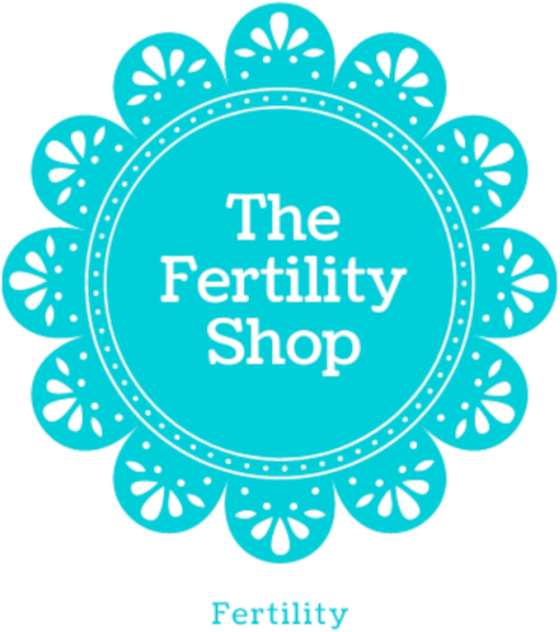
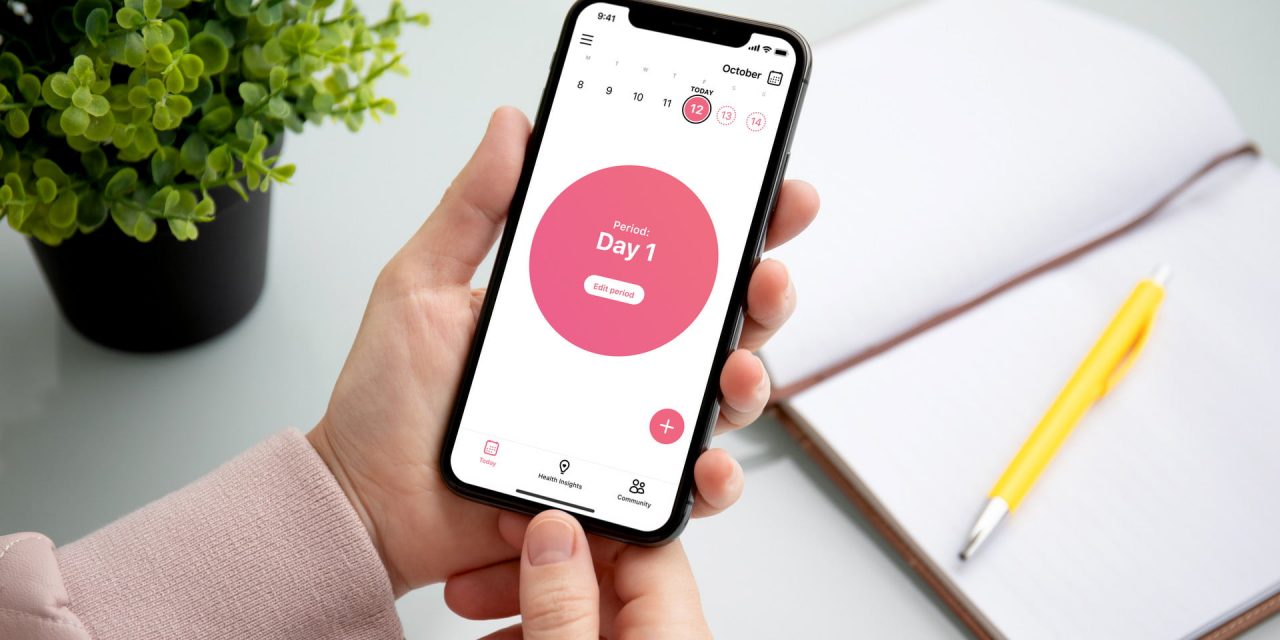


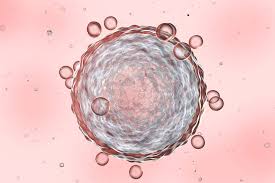
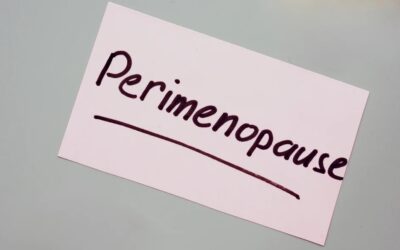
0 Comments